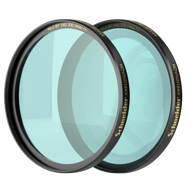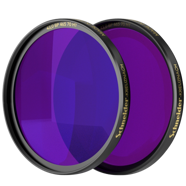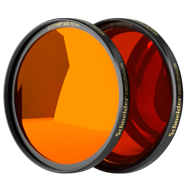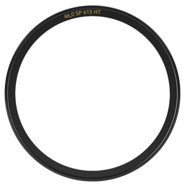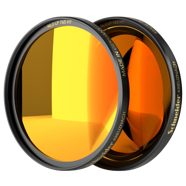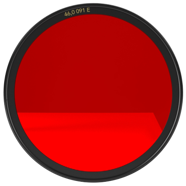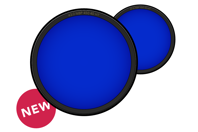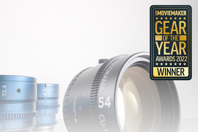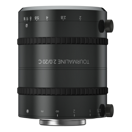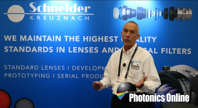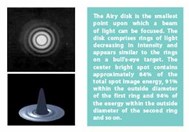
ABOUT US
Schneider Optics designs, develops, and manufactures high performance lenses for machine vision, robotics, document scanning, industrial inspection and metrology, gauging, military, surveillance, & other image processing applications. Standard products include Compact C-Mount lenses, F-Mount lenses, Bilateral and Object Sided Telecentric lenses, a modular Macro system, large format lenses (area & line scan), 3-CCD lenses and industrial filters. Custom lens solutions are also available. Key markets include Machine Vision, Robotics, Document Scanning, Industrial Inspection, 2D/3D Metrology, Surveillance, & SWIR/Hyperspectral Imaging.
SCHNEIDER LENSES BY TYPE
Compact Lenses |
Telecentric Lenses |
SWIR Lenses |
Wide-Angle Lenses |
|---|---|---|---|
TOURMALINE | ≤ 1.3"AQUAMARINE | ≤ 1.3"JADE | ≤ 1.2"TOPAZ | ≤ 1.2"OPAL | ≤ 1.1"TURQUOISE | ≤ 1"CITRINE | ≤ 2/3" |
SYLVINE |
CHAROITECRYOLITECUPRITE |
All Wide Angle Lenses |
Fast Lenses |
|||
ONYX |
|||
V-Mount Lenses |
Line-Scan Lenses |
Lens Selector |
|
PYRITEPYRITE LF |
ZIRCONIASAPPHIREDIAMOND |
Find the right lens for your application with our lens finder tool |
FILTERS
MARKETS
Schneider Optics provides a diverse range of lenses tailored for various markets and applications.
 |
 |
 |
 |
Machine Vision |
AOI |
Display/Electronics |
Medical |
|---|---|---|---|
|
Lenses For: Object DetectionQuality ControlRobotic Vision |
Lenses For: Web Inspection2D And 3D MetrologyPrint Inspection |
Lenses For: Line ScanPCB InspectionDisplay Inspection |
Lenses For: MicroscopyDiagnosticsRobot-Assisted Surgery |
 |
 |
 |
 |
Renewable Energy |
Logistics |
Automotive |
Traffic And Rail |
|
Lenses For: Battery InspectionSolar Cell Inspection3D Rotor Blade Measurement |
Lenses For: Bin PickingVolume MeasurementParcel Sorting |
Lenses For: Car Body MeasurementGap MeasurementCrash Tests |
Lenses For: Street MappingTraffic Infrastructure ControlIntelligent Traffic Systems (ITS) |
 |
 |
||
Aerospace And Security |
Food And Beverage |
||
|
Lenses For: Aerospace SafetySecurity ApplicationsCUBESAT
|
Lenses For: Food ProcessingFood SortingAgriculture Observation |
CONTACT INFORMATION
Schneider Optics
5990 Sepulveda Blvd. Suite 420
Van Nuys, CA 91411
UNITED STATES
Phone: +1 800 2281254
Fax: +1 631 761-5090
Contact: info@schneideroptics.com
EAST COAST OFFICE
Schneider Optics
285 Oser Ave.
Hauppauge, NY 11788
UNITED STATES
Phone: +1 613 761 5000
Fax: +1 613 761 5090
NEWS
-
Schneider-Kreuznach has launched ;a new industry filter, the NBP 450-40 Narrow Bandpass Filter, an excellent choice for use with blue lasers or LEDs of the same wavelength.
-
Schneider Optics’ next reason to celebrate: Its newcomer ISCO4all has just been honored with the popular “Gear of the Year Award 2022” by the international magazine Pro Moviemaker.
-
Schneider-Kreuznach introduces new, compact TOURMALINE lenses. These lenses combine the optical design principle of the Componon lenses with the robust and stable mechanics of the Schneider-Kreuznach C-Mount lenses.
-
Schneider-Kreuznach introduces the new, robust JADE lens family for 1.2" sensors.
VIDEOS
-
Schneider Optics explores the company’s made-to-order and stock lenses, filters, design and manufacturing services.
-
Optical filters control light wavelengths, enabling various applications. They are used to block, transmit, or modify light, and can be combined to create specialized filters.
-
Join us as we delve into the unique challenges faced by optics and lens manufacturers in the pharmaceutical and medical imaging industries.
-
Jim Sullivan from Schneider Optics presents their ruggedized lenses and demonstrates their ability to withstand shock and vibration.
-
Schneider Optics' Magnus Greger shines a light on high-magnification, high resolution lenses being used in medical, life sciences and other fields that require very high-resolving power.
FEATURED DOWNLOADS
-
Datasheets can be misleading. So how do you know what you are really buying? To help optical designers and engineers view optical datasheets more critically and ask the right questions of lens providers, this article discusses key datasheet parameters.
-
Modulation transfer function (MTF) is the best proxy for lens performance, but the math behind it and the graphs that depict it often obstruct understanding. This paper demystifies MTF, arming vision system decisionmakers with the knowledge they need to choose the right lens every time.
-
In response to the popularity of megapixel cameras and sensors, many lens manufacturers are marketing "megapixel lenses." The problem? There's no such thing.
-
Engineers are a special breed known for their love of precision and efficiency. So why are there a growing number of emails and phone calls inquiring about lenses without any forethought given to the lens specifications, performance requirements, and system and design context?
-
Using a visible corrected lens with monochromatic wavelength sources can be problematic if proper steps are not taken to understand the elements impacting lens performance.

